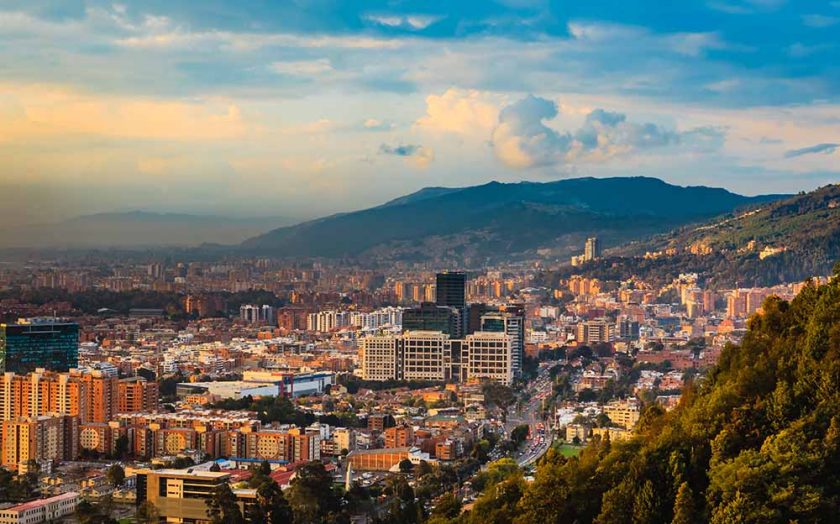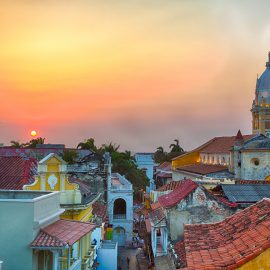Colombia Now
After centuries under colonial rule, Colombia achieved its independence from Spain in 1819 as “Gran Colombia,” a short-lived state that occupied most of northern South America until its collapse in 1831, when Colombia and neighboring Ecuador and Venezuela emerged as separate nations. Colombia was the first to institute a constitutional government, making it the continent’s oldest democracy. Today, Colombia is known for its significant natural resources, modern cities, and a diverse culture that reflects the indigenous Indian, Spanish and African origins of its people.
Despite long-running struggles with anti-government insurgent groups and drug-related security issues, the government has made great strides in recent years to secure peace with revolutionaries, minimize crime, and protect its strong democratic institutions. This movement towards internal stability is also mirrored in Colombia’s swelling economy, which has been a growth leader among the biggest Latin American economies for the last several years.
Colombia is a free market economy with major commercial and investment ties to countries around the world, including the United States. It depends heavily on exports of oil, coffee, and cut flowers, and it has consistently seen significant GDP growth of late. Economists have especially praised the country’s strength in both the stock and bond markets and a skilled labor force, though concern still lies in the fact that most of Colombia’s exports are commodity-based, making the country especially vulnerable to commodity price dips. Other worries include high unemployment, income inequality, and poverty rates, which have been falling. The world continues to watch in hopes that Colombia will continues its positive evolution.




